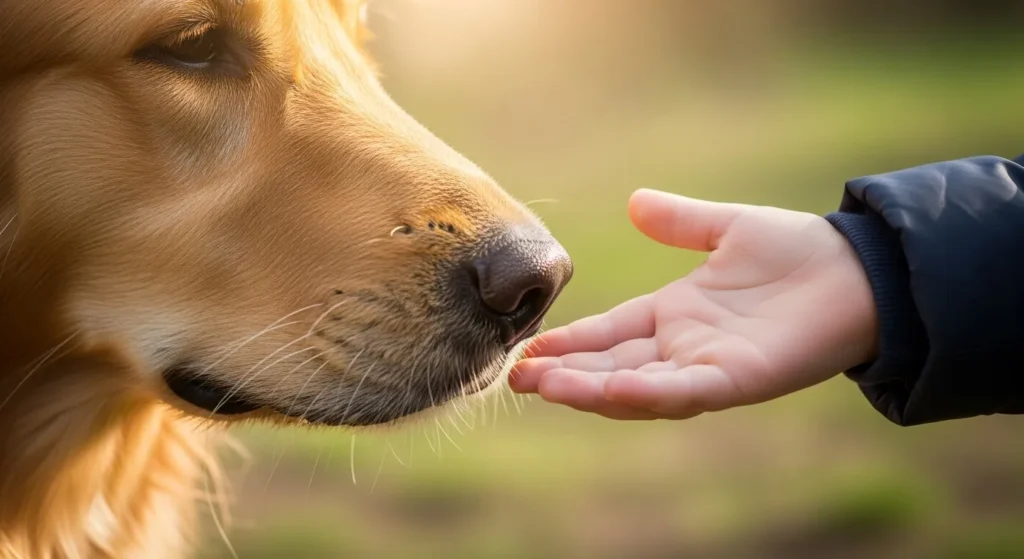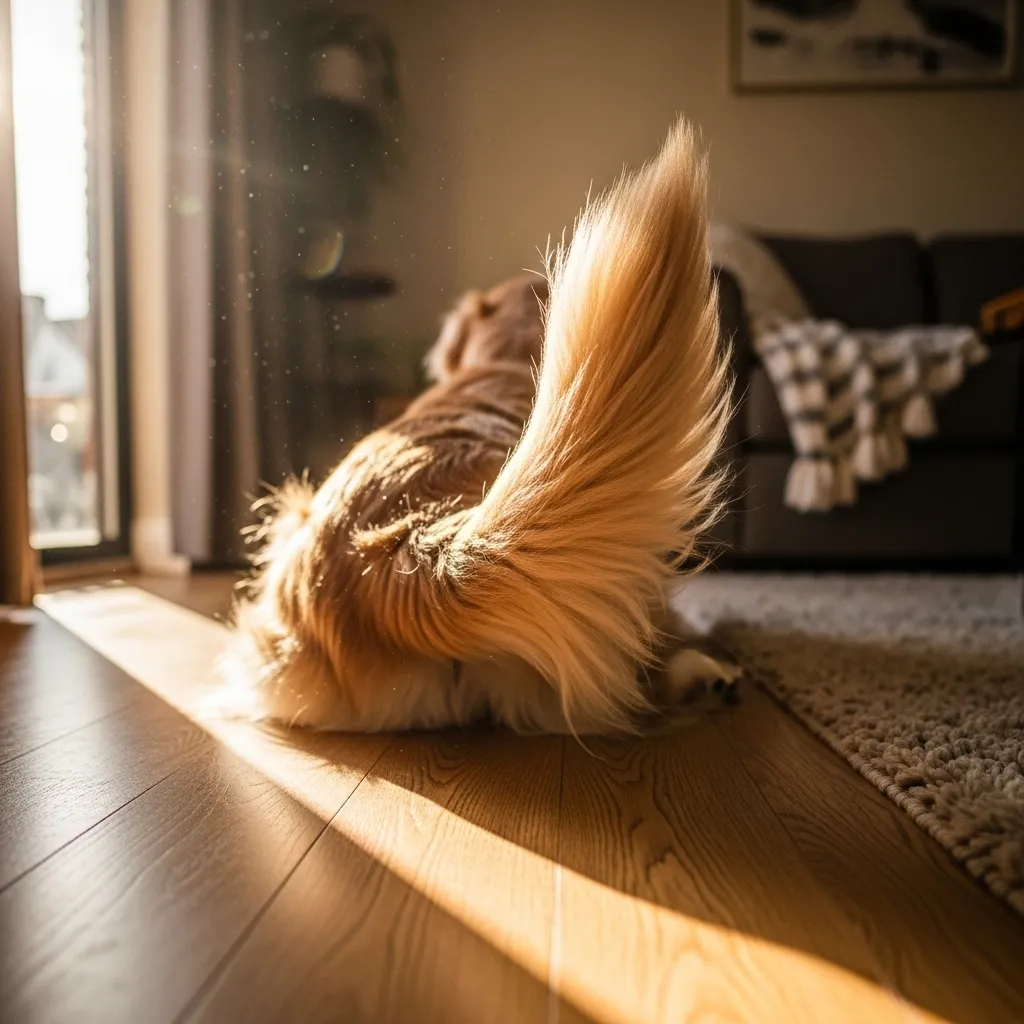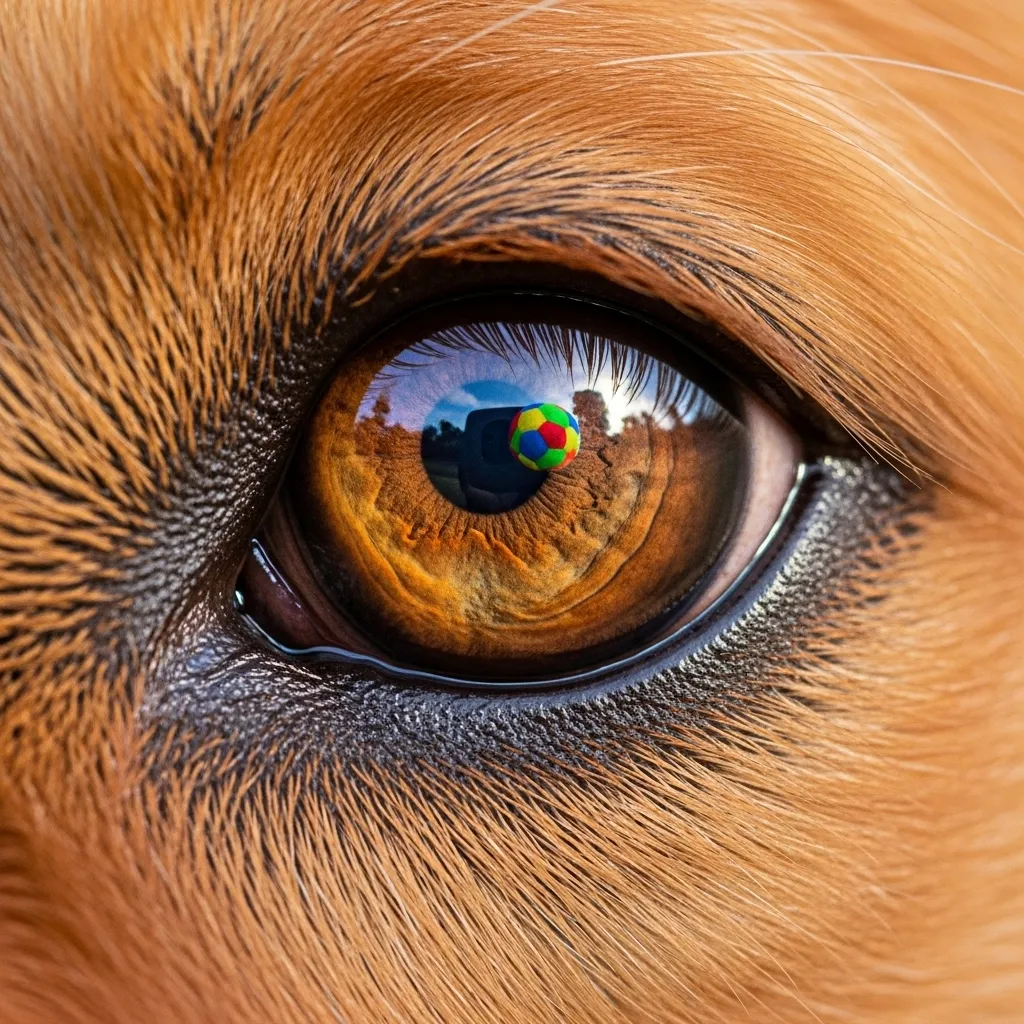
How can you tell the difference between twitching and seizures in dogs?
Well, you’d be surprised to find out how easily you can tell: twitching occurs when a dog is sleeping, while dog seizures occur when dogs are awake, and their eyes are open.
Seizures have a wide spectrum of severity: they could be heavy salivating or a grand mal seizure with violent muscle contractions and relaxations over the body.
In mild seizures, dogs could have a dazed look, lick their lips, and twitch. When a dog goes through a full-blown grand mal seizure, they immediately lose consciousness, fall over on their side, and paddle their legs as the rest of the body is stiff.
They could stare blankly into the distance, drool a lot, and not respond to any calls. It is truly scary to witness, but you’d be glad to know that they aren’t painful and usually last a couple of minutes.
Of course, your first instinct is to comfort and pet them, but in fact, it’s much better to let them be. You need to know that, after all, they are completely unaware of what is happening during a seizure, and they could unintentionally bite.
Make sure you stay close to them to prevent them from hurting themselves. If your dog has never had a seizure before and it lasts more than five minutes, you should call your vet.
Whether we’re talking about something mild or severe, your vet will want to know all the details.














